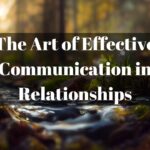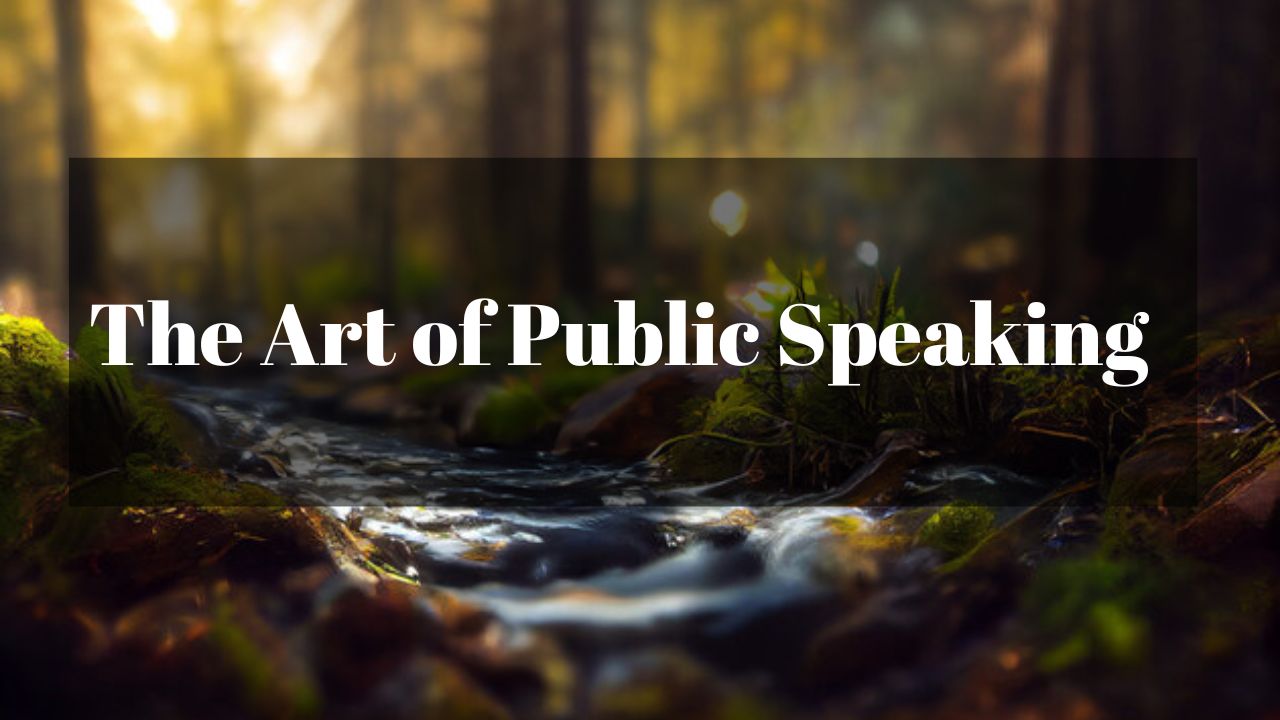The Art of Public Speaking
Public speaking, often touted as one of the most common fears, is also an invaluable skill that can open doors to personal and professional success. Whether it’s delivering a presentation, speaking at a conference, or addressing a group, mastering the art of public speaking is a journey that enhances communication skills and builds confidence. This article explores the principles and techniques that contribute to effective public speaking, empowering individuals to express themselves with clarity and impact.
Understanding the Power of Public Speaking:
Public speaking is more than just delivering information; it is about connecting with an audience and conveying a message that resonates. Recognizing the power of public speaking as a tool for persuasion, inspiration, and education is the first step towards mastering this art.
Overcoming Fear and Building Confidence:
Fear of public speaking is a common hurdle, but it is a challenge that can be overcome. To build confidence, start by understanding and acknowledging your fears. Practice deep-breathing exercises, visualization techniques, and positive affirmations to manage anxiety. Gradual exposure to public speaking, whether through small group settings or by participating in workshops, helps desensitize the fear associated with addressing larger audiences.
Know Your Audience:
Tailoring your message to your audience is a fundamental aspect of effective public speaking. Understand the demographics, interests, and expectations of your audience. This knowledge allows you to connect with them on a personal level and make your message more relatable, engaging, and impactful.
Crafting a Compelling Message:
A well-crafted message is the heart of any successful speech. Clearly define your purpose, main points, and key takeaways. Organize your content logically, ensuring a smooth flow that guides your audience from introduction to conclusion. Use anecdotes, examples, and visuals to illustrate and enhance your message.
Mastering Non-Verbal Communication:
Non-verbal cues, such as body language, facial expressions, and gestures, play a crucial role in public speaking. Maintain eye contact to establish a connection with your audience, use expressive gestures to emphasize points, and be mindful of your posture. Confident and positive non-verbal communication enhances your credibility and captivates your audience.
Effective Use of Voice:
Your voice is a powerful tool in public speaking. Practice varying your pitch, tone, and pace to keep your audience engaged. Use pauses strategically to emphasize key points and allow your audience to absorb information. A well-modulated and expressive voice adds dynamism to your delivery.
Engaging the Audience:
Interactive elements are essential for keeping your audience engaged. Encourage participation through open-ended questions, polls, or interactive activities. Foster a connection by acknowledging your audience’s perspectives and responding to their reactions. A dynamic and engaged audience is more likely to retain and appreciate your message.
Mastering Visual Aids:
Visual aids, such as slides or props, can enhance your message when used effectively. Ensure that visuals are clear, uncluttered, and directly support your points. Avoid overloading slides with text, and use visuals to complement your spoken words rather than serving as a script.
Rehearse and Refine:
Rehearsal is a critical step in honing your public speaking skills. Practice your speech multiple times, paying attention to your pacing, intonation, and gestures. Receiving feedback from peers or mentors provides valuable insights that can help you refine your delivery and address areas for improvement.
Embracing Authenticity:
Authenticity is a powerful element in public speaking. Embrace your unique voice, personality, and style. Authentic speakers connect with audiences on a deeper level, fostering trust and engagement. Share personal anecdotes and experiences to create a genuine connection with your audience.
Conclusion:
The art of public speaking is a dynamic and evolving skill that, when mastered, can propel individuals to greater heights in their personal and professional lives. By understanding the power of public speaking, overcoming fear, and building confidence, individuals can craft compelling messages that resonate with their audience. Tailoring content to the audience, mastering non-verbal communication, and engaging the audience through interaction contribute to impactful communication.
Aspiring public speakers should focus on crafting a clear and compelling message, mastering non-verbal communication, and embracing authenticity. Rehearsing diligently and seeking feedback will refine delivery skills, while effective use of visual aids enhances message clarity. Through continuous practice and a commitment to personal growth, individuals can transform public speaking from a fear-inducing task into a fulfilling and empowering art form. By mastering the art of public speaking, individuals not only convey information but also inspire, persuade, and connect with others on a profound level.











